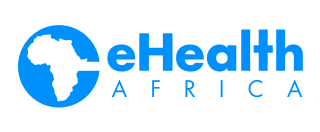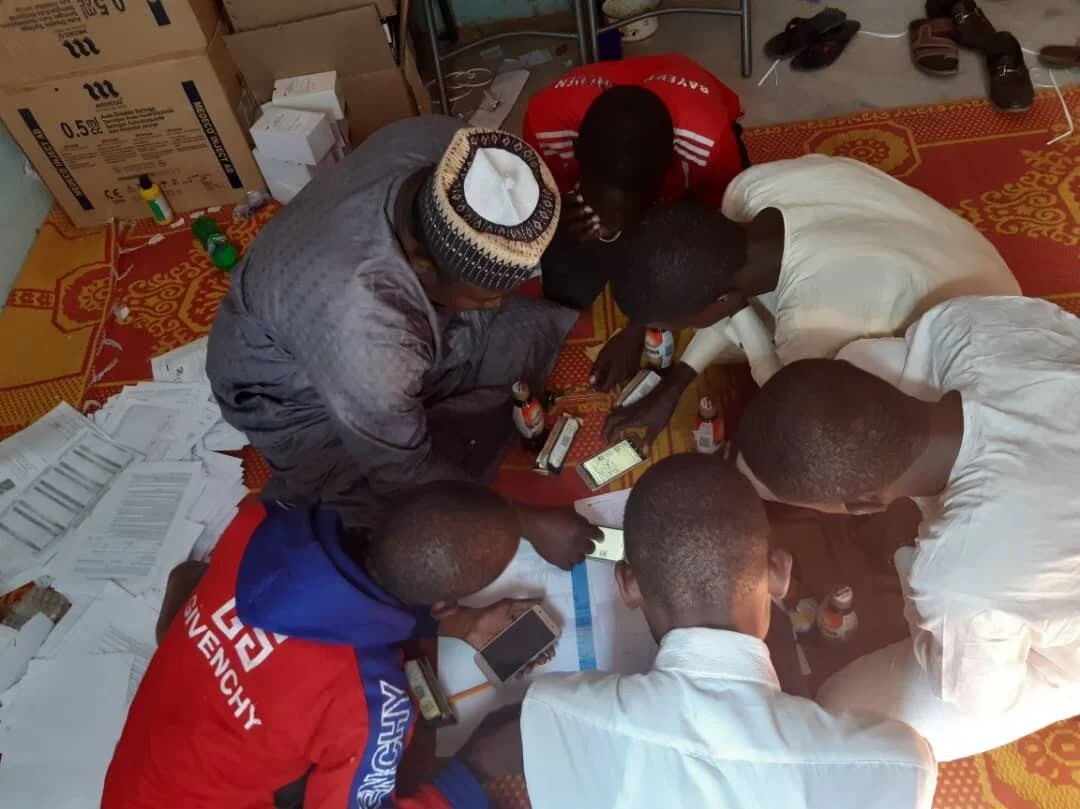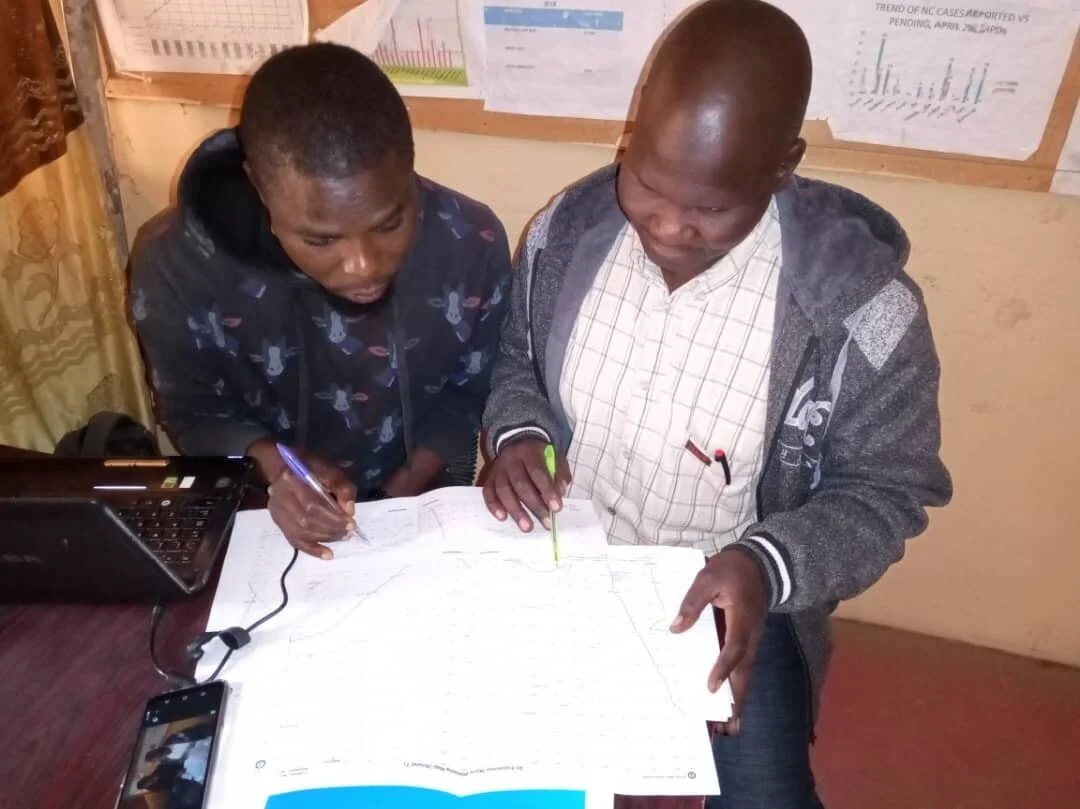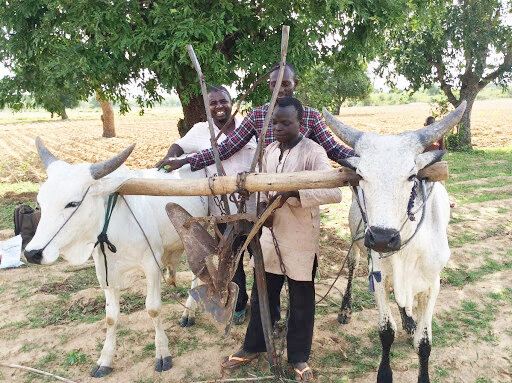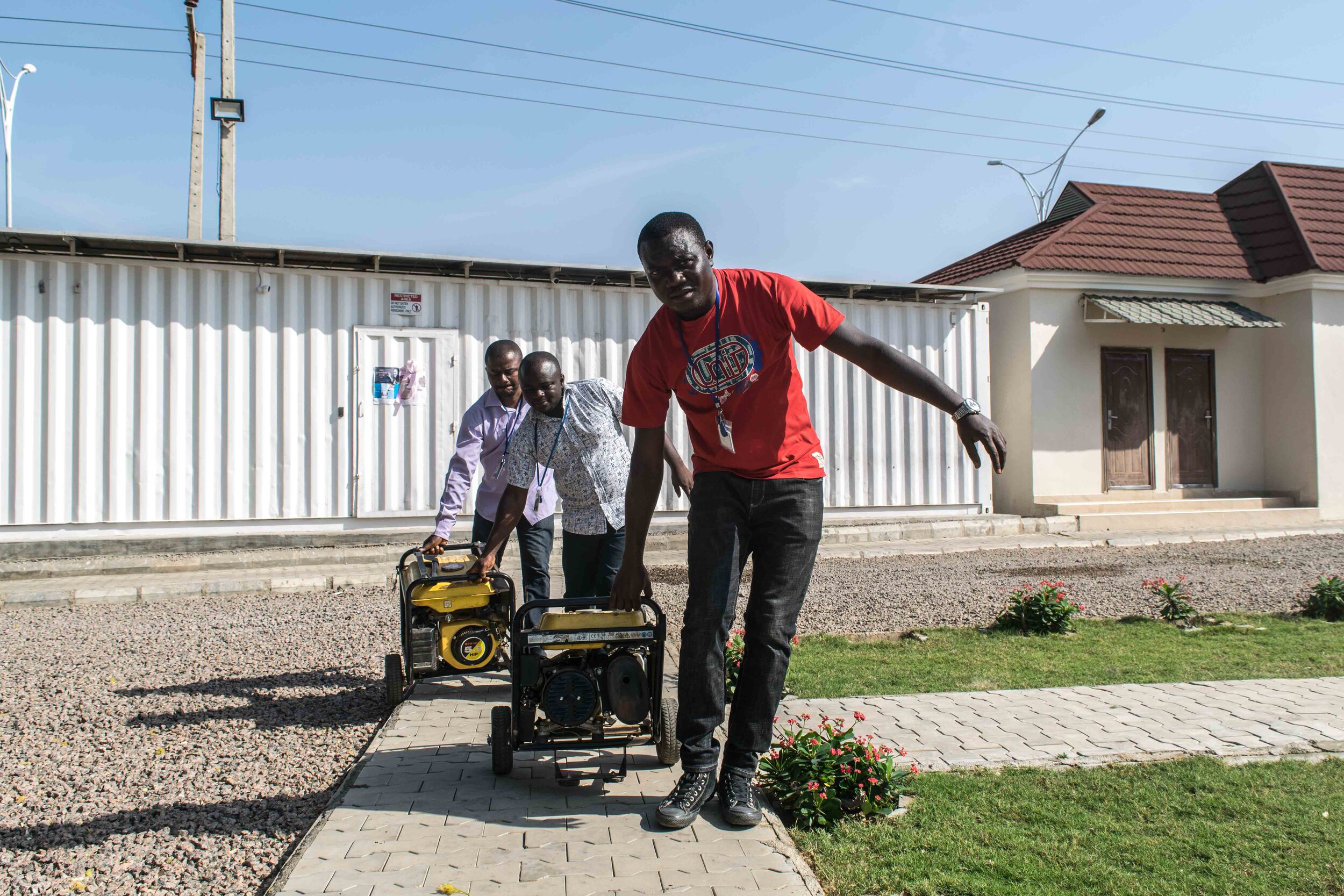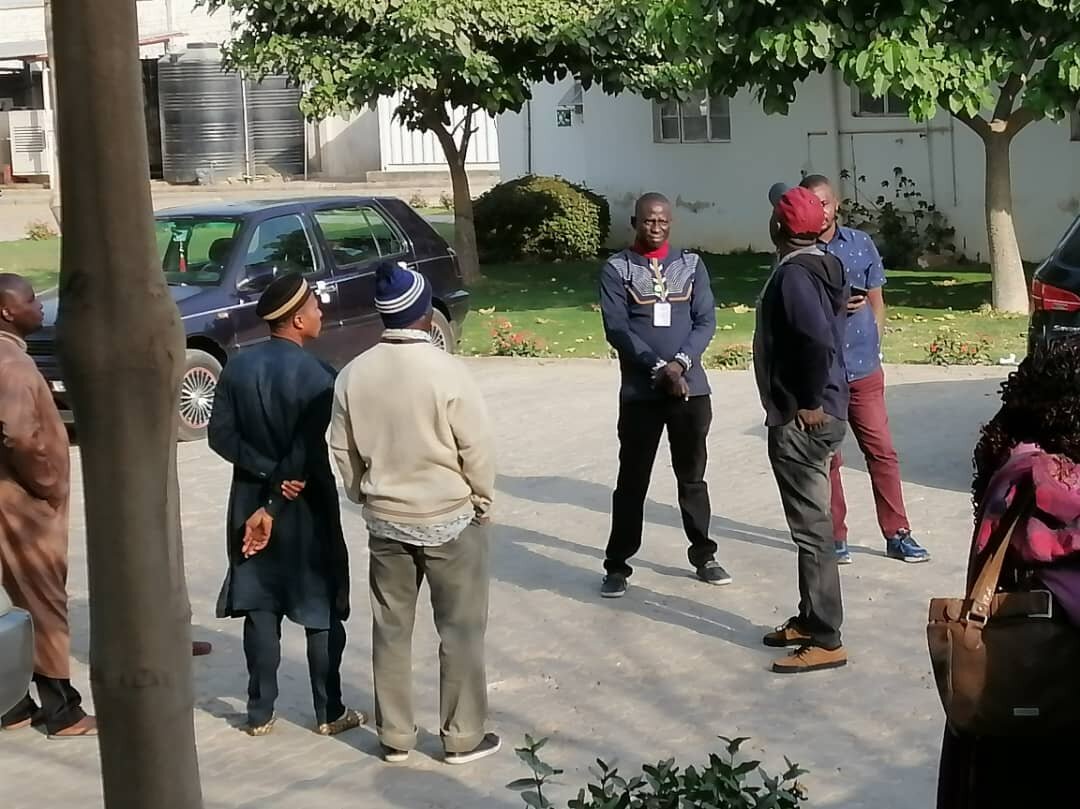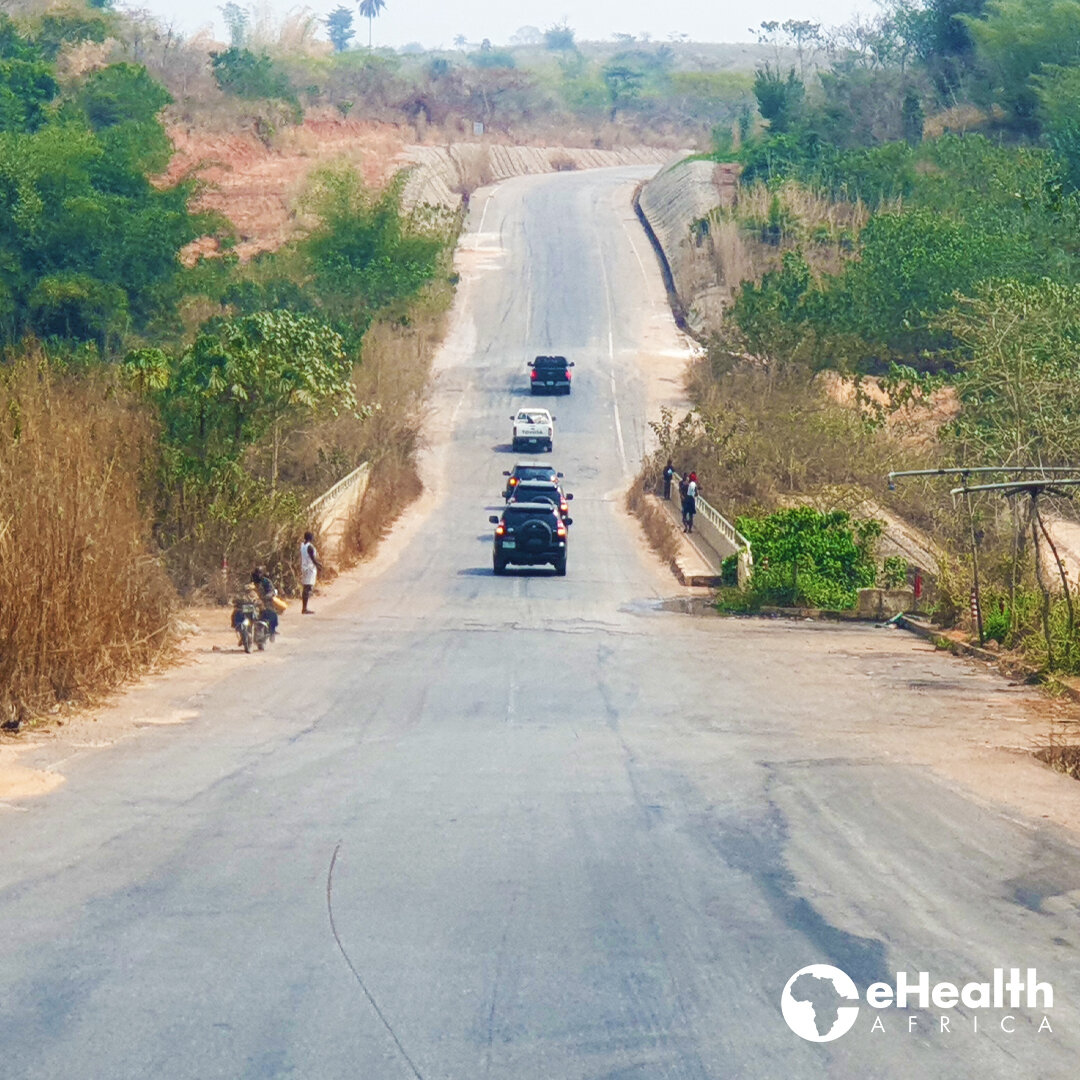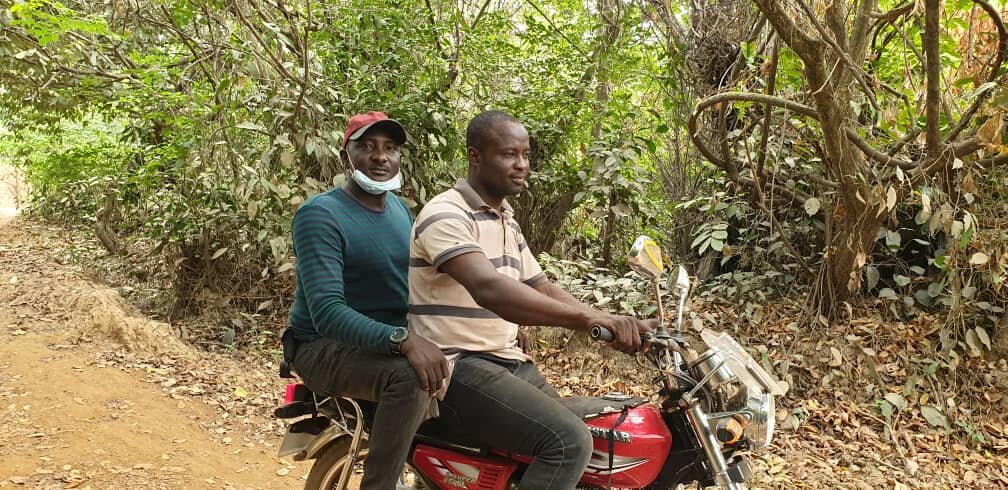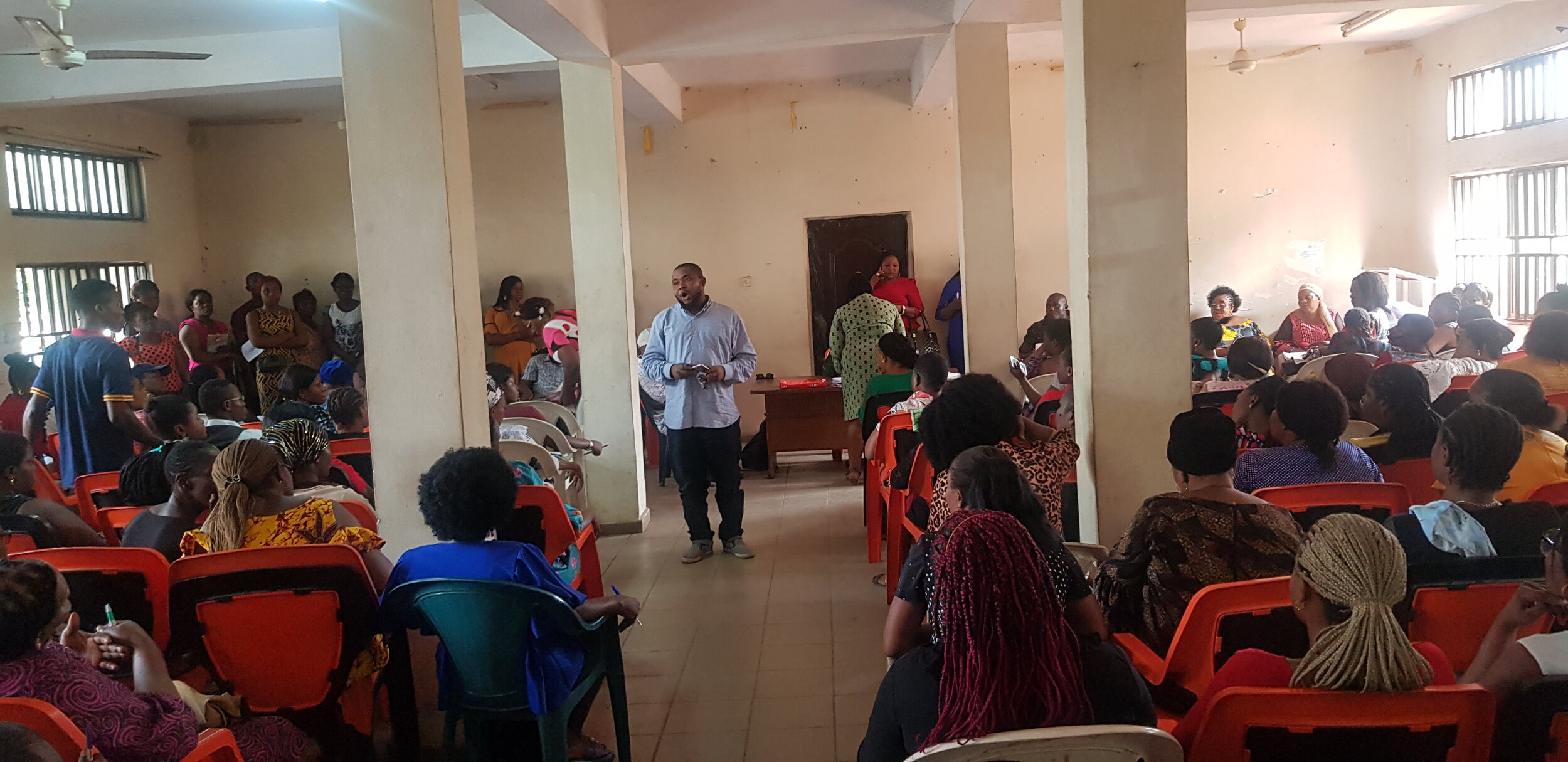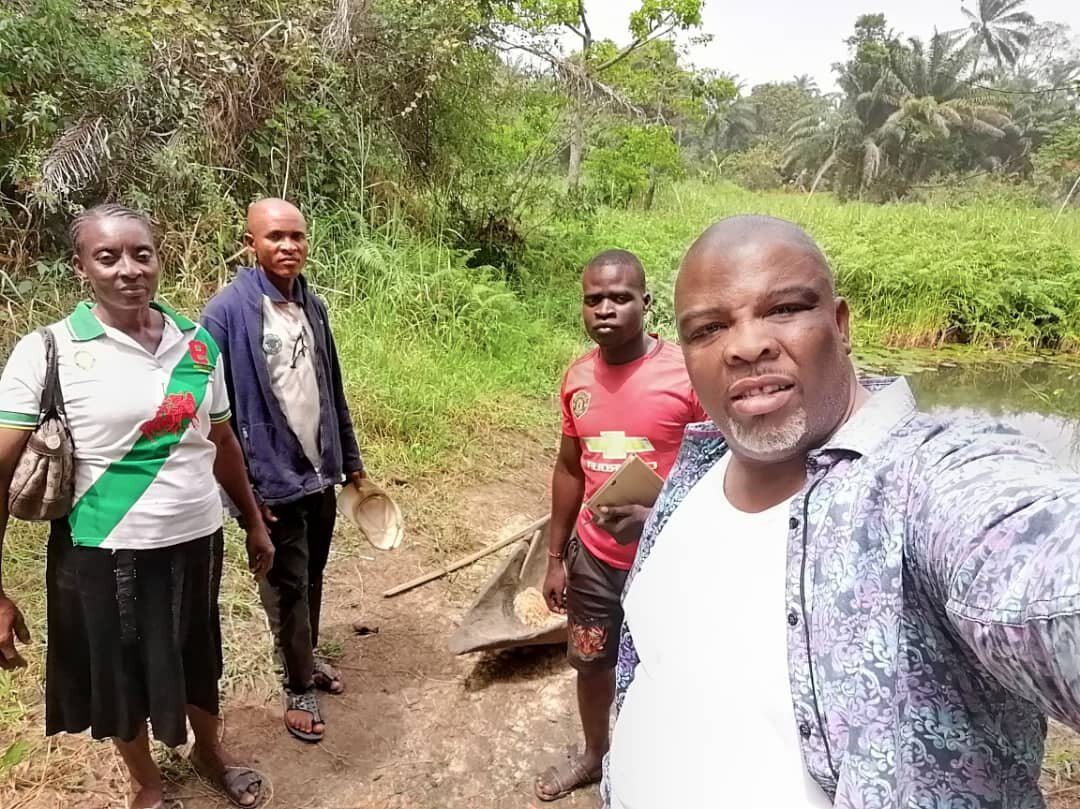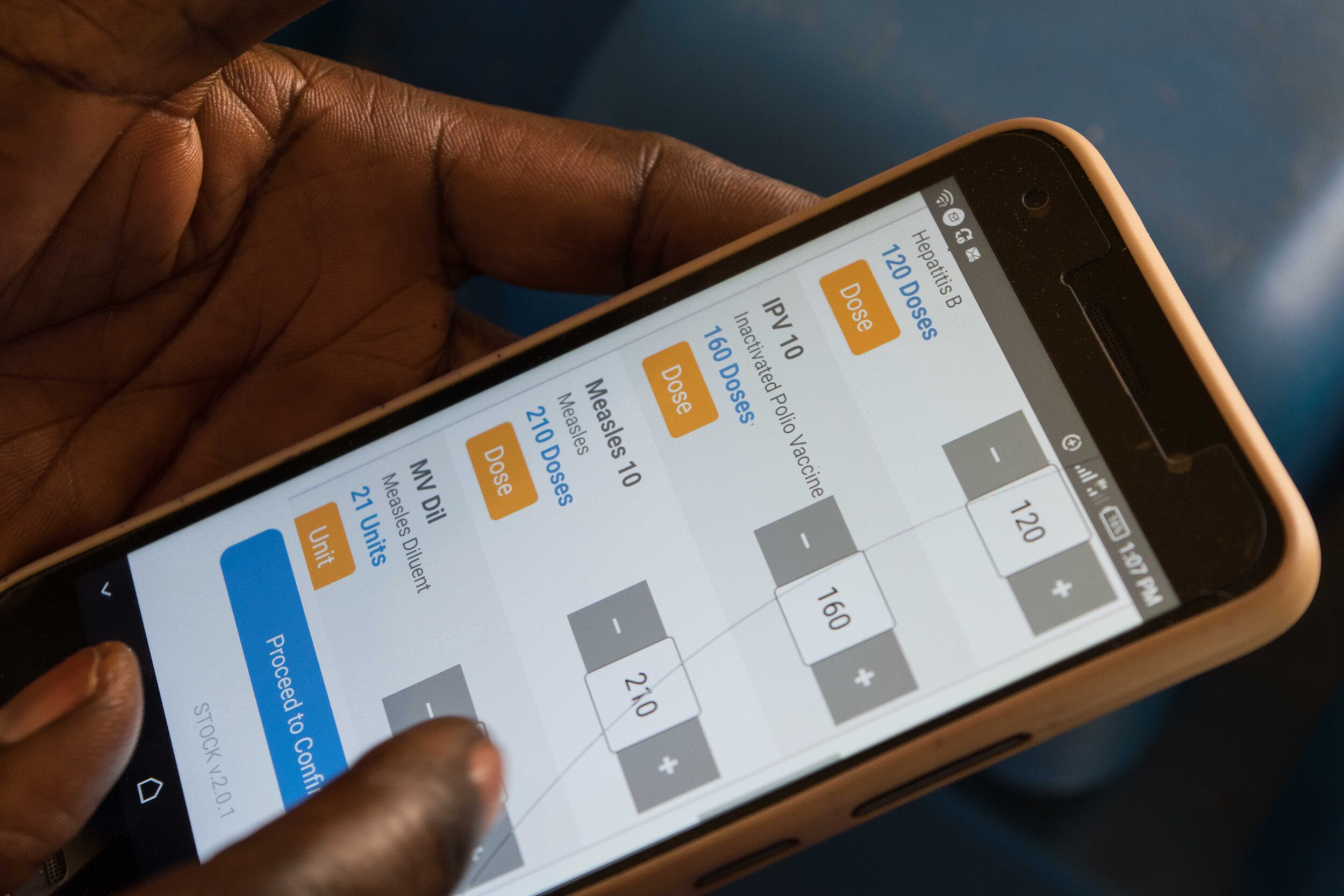In accordance with the standard for operations in most health centers, The World Health Organization (WHO)1 states that the majority of health centers require energy for water supply, temperature control, lighting, ventilation, and clinical processes. In terms of electricity, Nigeria is ranked by the World Bank as the second country in the world and the first in Sub-Saharan Africa with more of her population not having access to electricity. With a population of about 200 million Nigerians, over 80 million representing 40% of the country’s population, lack access to grid electricity2. Presently, power generation, transmission, and distribution rates are not commensurate with the energy demands of the population, giving rise to consumers depending on dirty and outdated energy sources that have adverse health and economic consequences on them and the society at large. Nigeria’s energy demand was estimated to rise to 88,282MW by 2020 from 15,730MW in 20163 . Despite the country’s current installed generation capacity of 12,522MW, it generates an average of 4,500 MW, which is transmitted through its fragile National Grid and is grossly insufficient to meet the electricity demand of its 190 million population not excluding demands at health facilities.
Sadly, only an estimated 30% of Nigerians are connected to the national grid. This low and erratic power supply affects the community’s primary health centers forcing the management to rely on kerosene lanterns as a source of lighting and petrol generator as their primary source of electricity (UNDP Nigeria., 2015)4. As a result, this hinders the efficiency of health services and amenities for optimal operation.
To improve service delivery dependent on energy supply, there is a need to identify the gaps in energy sources of primary health centers in relation to needs/consumption. To this end, a pilot survey was carried out by Nigerian Energy Support Programme (NESP), a technical assistance programme co-funded by the European Union and the German Government and implemented by the Deutsche Gesellschaft fürInternationaleZusammenarbeit (GIZ) GmbH in collaboration with the Federal Ministry of Power (FMP), in partnership with eHealth Africa. It was conducted in close cooperation with geospatial data experts from INTEGRATION Environment & Energy GmbH (INTee) and Reiner Lemoine Institut (RLI) in Germany. This is in line with the objectives of the SE4ALL initiative that are working globally to ensure universal access to modern energy services; doubling the global rate of improvement in energy efficiency, and doubling the share of renewable energy in the global energy mix by 2030 compared to 2010.
Due to the current pandemic (COVID-19) situation of the world and the country Nigeria, the pilot was geared at finding out how effective remote surveys can be applied to gather data required to understand and make decisions on energy challenges at health facilities. It was pertinent to adhere to all precautionary measures to prevent the further spread of the virus during an actual physical face-to-face survey. Hence, this survey employs a remote data collection approach in administering questionnaires, as an alternative to the conventional physical data collection.
Helpdesk Agent administering questionnaires remotely to Health Facility In-charges in Kano State
In this respect, eHealth Africa (eHA), a leader in the use of technology, data-driven approach plus in-country expertise in public health-focused activities in partnership with NESP having expertise in alternative energy research, conducted a Pilot Survey on selected Primary Health Centers in Kano State with the aim of assessing energy gaps and identifying potentials for connecting to an off-grid power source (renewable energy) and at the same time, their readiness for Covid-19 response at the primary facility level.
For the purpose of this survey, five major sources of data have been employed which include; health facilities extracted from the eHA data portal, Grid Clusters (potential location for off-grid infrastructure), population figures, senatorial administrative locations, and structural survey questionnaires. Health facility data and senatorial administrative boundaries were downloaded in shapefile format from the data portal published by eHealth Africa, grid cluster was provided by NESP (containing the cluster of buildings), population information was downloaded from VTS portal in raster format. Finally, a structure of the survey was designed to capture the energy required capabilities and capacity of the health facilities.
A four grouped structure survey form was designed. The first group was basic information from the respondent (8 questions), the second group was infrastructure equipment at the health center (6 questions), the third group was about services rendered by the health facilities (5 questions) and the fourth group was on energy sources at the health facility (12 questions).
Figure: 2.1Map showing the distribution of sample clusters and health facilities
A systematic snowball sampling survey technique was used through a phone call to the health facilities. Since the health facilities were predetermined and a focal person was also identified at each of the health facilities, which made the survey straight forward. Also, the collection process was digitized to an ODK web form.
Key Activities
eHA’s Program and GIS team worked with INTee to analyze remotely mapped clusters for suitability with mini-grid. At the initial phase, INTee shortlisted 30 locations for the survey and handed over the longlist to eHA, to come up with a shortlist of 10 health facilities preferably PHCs, using agreed criteria as highlighted below. The LGAs selected fell within the 3 senatorial zones of Kano (Sumaila, Bagwai, Gabasawa, Kibiya, Karaye, Minjibir, and Tudun Wada).
Their electrification status (off-grid and on-grid) and already mapped in OpenStreetMap by NESP
The health center should be close to a settlement
The health center should be located where there are nearby buildings
The locations and health centers should be within Kano state
After shortlisting the facilities, a list of community leaders and health facilities in charge were generated along with their contacts for the purpose of conducting a remote interview with them. This is aimed at identifying the gaps within the community and the health facility with respect to their electrification status.
The survey sought to assess general information on the health center services and equipment, and how this relates to their power requirements and current electrification status. Their current ability to cope with the COVID-19 response were also accessed. eHA administered questionnaires to each of the shortlisted health facilities to identify their current energy needs. Daily calls were made from the call helpdesk to administer the questionnaire and individual responses were captured accordingly. The completed questionnaires were then uploaded to the KoBo Toolbox platform for analysis. NESP was responsible for conducting the analysis.
To ensure a community-based perspective was covered, community leaders where the health centers were located were also interviewed. Questionnaires were also administered in a similar remote fashion. To capture the appropriate responses, the local language was used to administer these questionnaires, and the feedback generated were also uploaded to the KoBo Toolbox for analysis purposes.
Key success
The remote survey showcased the capacity to effectively gather information on energy sources and requirements whilst supporting efforts in preventing the spread of the COVID-19 virus.
It also increased the availability of information related to health facilities and the preventive measures taken during the COVID-19 crisis.
Beyond the energy needs, the analysis from data gathered during the survey showed that available infrastructures at the facilities do not meet up with the minimum requirements stated by NPHCDA. Some gaps in health services provision were identified and needed to be bridged. Furthermore, power shortages at the health centers across all primary health facilities were a common occurrence. All these were achieved via a remote survey which ensures a zero level of risk faced by data collectors.
The Program Partners
